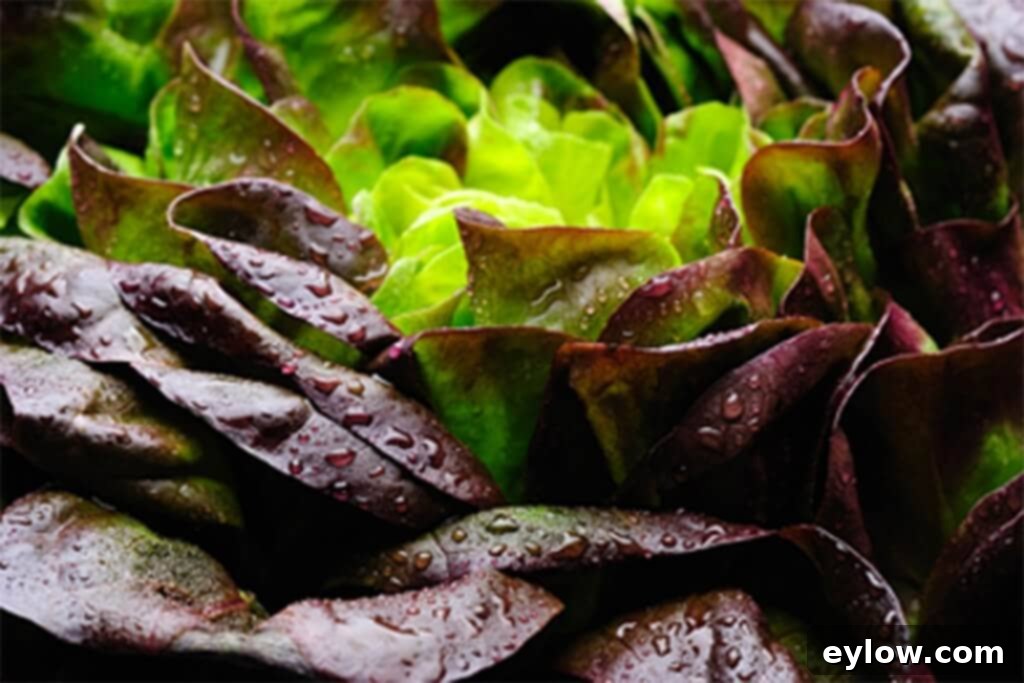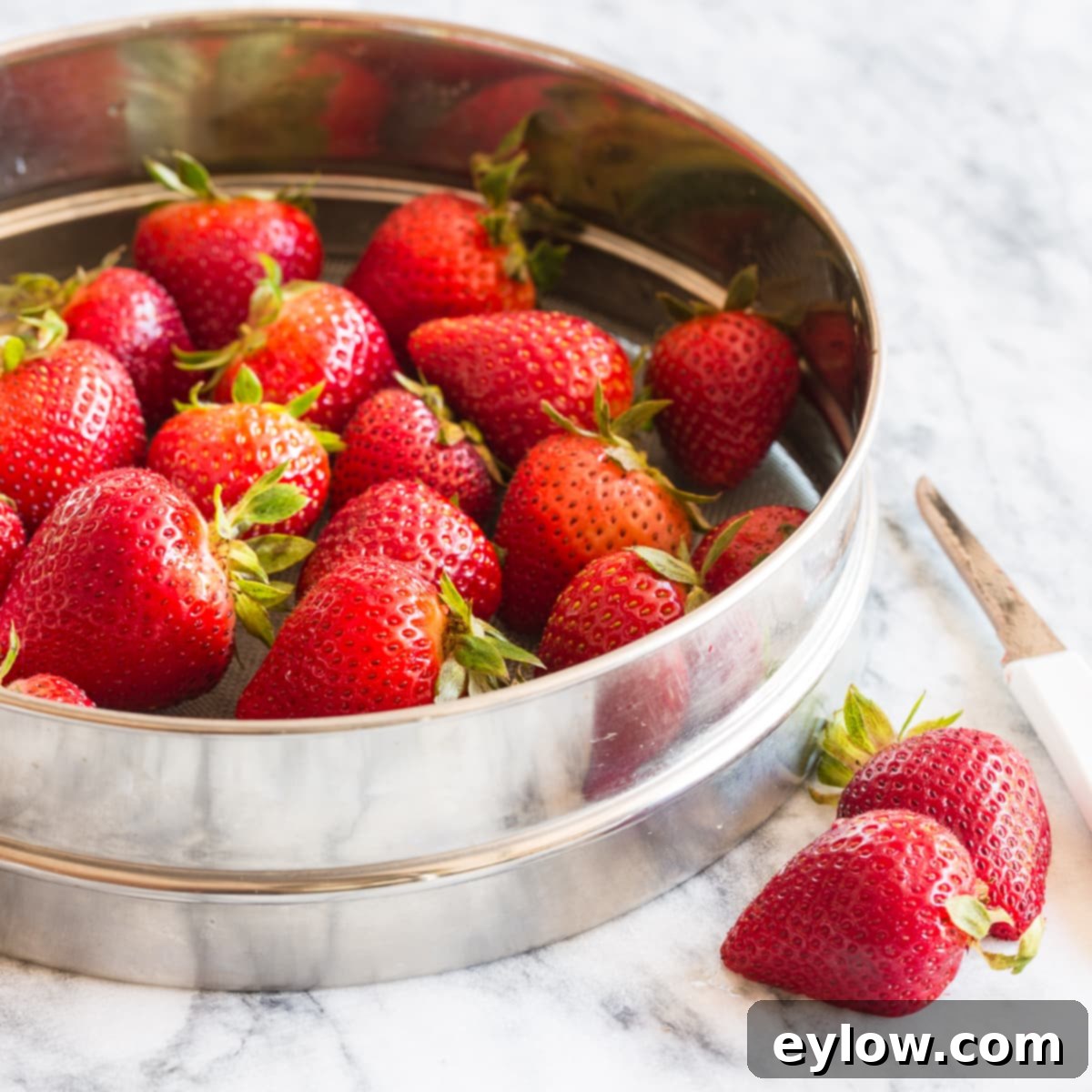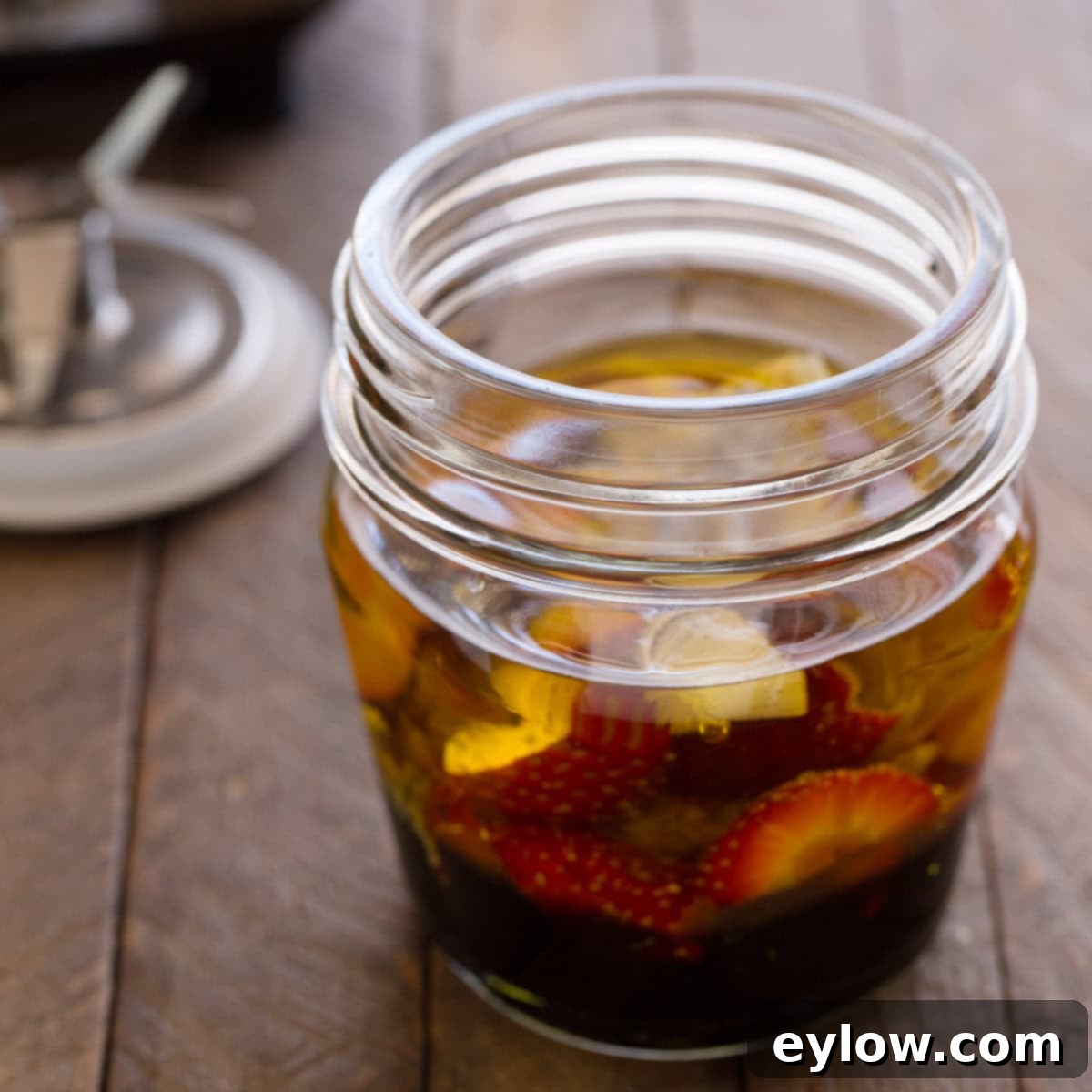Unlock Irresistible Flavor: The Ultimate Guide to Crafting Delicious & Healthy Salads
Are you tired of the same old salad routine? Do your salads often feel bland, uninspired, or simply a chore to eat? It’s time to revolutionize your approach to leafy greens! This comprehensive guide will show you exactly how to make a salad taste better, boosting your salad creativity and transforming every bowl into something truly exciting and nutritious. Say goodbye to boring salads for good and start looking forward to vibrant, flavorful meals that nourish your body and delight your taste buds. Making a truly good salad means thinking beyond just a few greens and a drizzle of dressing; it’s about building layers of flavor, texture, and visual appeal.

A truly exceptional salad begins with a foundation of fresh, crisp leafy greens, but its true magic comes from the thoughtful additions – what we like to call “goodies.” These delightful extras include crunchy nuts and seeds, savory cheeses, sweet and tangy fruits, aromatic fresh herbs, and a colorful array of chopped vegetables. And let’s not forget the crucial element of a phenomenal salad: the dressing! Forget store-bought bottles filled with unnecessary sugars and preservatives. Crafting your own homemade dressings is surprisingly easy and incredibly rewarding. Prepare a couple of your favorite dressings at the start of the week, and you’ll find that delicious, healthy salads come together in a flash.
1. Embrace Variety: Change Up Your Greens

If you’re constantly reaching for the same bag of romaine or spinach, you’re missing out on a vibrant world of flavors and textures. Expanding your choice of leafy greens is one of the easiest ways to elevate your salad experience. Each type of green offers a unique profile:
- Peppery and Pungent: Try peppery arugula (also known as rocket), mustard greens, or watercress for a delightful bite that awakens the palate.
- Nutrient-Dense and Robust: Baby kale or mature lacinato (dinosaur) kale offers a hearty texture and a wealth of nutrients. Just remember to massage tougher kales with a bit of dressing or oil to tenderize them.
- Delicate and Buttery: Butterhead lettuce, such as Bibb or Boston, provides a soft, tender leaf with a mild flavor, perfect for more delicate dressings.
- Crisp and Refreshing: Beyond classic iceberg, consider the ruffled frisée, crisp endive, or the sturdy Napa cabbage for an invigorating crunch.
- Bitter and Bold: Escarole and radicchio introduce a pleasant bitterness and beautiful deep colors, adding sophistication to your bowl.
- Colorful Additions: Don’t forget to incorporate thinly sliced red cabbage or shredded carrots not just for crunch, but for a stunning visual appeal and added antioxidants.
- Nutrient Powerhouses: Fresh sprouts of all kinds (alfalfa, broccoli, mung bean) are fantastic for an extra nutrition boost and delicate texture.
No matter which greens you choose, proper preparation is key. Always wash greens thoroughly to remove any dirt or debris, then dry them completely with a salad spinner. A good salad spinner is an essential tool for achieving crisp, vibrant salads, as excess water dilutes dressing and makes greens soggy. I recommend prepping your greens as soon as you bring them home from the store, then storing them in airtight clear containers in the refrigerator. This simple step saves valuable time during the busy week and ensures your greens stay fresh and ready for action. Whenever possible, opt for whole heads of lettuce over pre-washed containers; they are often fresher, more cost-effective, and tend to stay crisp longer.
2. Build Excitement: Add Texture and Crunch
Texture is paramount in a truly enjoyable salad. The contrast between soft greens and crunchy elements adds excitement with every bite. Incorporate a variety of elements to achieve this:
- Nuts and Seeds: These are not only delicious but also provide healthy fats and protein. Try crunchy hemp hearts, slivered almonds, chopped walnuts, pecans, pumpkin seeds (pepitas), sunflower seeds, or delicate pine nuts. For extra flavor, lightly toast them before adding.
- Raw Vegetables: Unleash a burst of freshness and satisfying crunch with finely grated carrots, thinly sliced zucchini, vibrant bell peppers, crisp celery, peppery radishes, or delicate shaved fennel. Thin slices of red cabbage add both bright color and a hearty crunch. A handheld mandoline slicer or a simple Y-peeler makes quick work of preparing these ingredients.
- Unexpected Crisps: For variety, consider roasted chickpeas (spiced or plain), crispy wonton strips, homemade croutons (made from day-old bread), or even crushed tortilla chips for a Tex-Mex twist.
- Flavorful Additions: While not crunchy, roasted beets add beautiful color and earthy sweetness, marinated artichoke hearts contribute a tangy, tender bite, and crisp crumbled bacon brings a savory, smoky depth that everyone loves.
3. Brighten Your Bowl: Color It Up with Fruit

Seasonal fruits are a fantastic way to introduce natural sweetness, vibrant color, and delightful acidity to your salads. They can balance richer ingredients and elevate the overall flavor profile. Think beyond the usual and embrace what’s fresh:
- Summer Sensations: In the warmer months, toss in sweet strawberries, juicy raspberries, blueberries, or blackberries. Sliced peaches, nectarines, and plums add incredible sweetness and soft texture. Heirloom tomatoes, though botanically a fruit, are a summer salad staple, offering incredible flavor complexity.
- Autumnal Delights: Crisp apples (like Honeycrisp or Granny Smith) and ripe pears bring a lovely sweetness and crunch, pairing beautifully with nuts and cheeses.
- Creamy Indulgences: Sliced avocado adds a rich, creamy texture and healthy fats, complementing almost any salad.
- Citrus Zest: Segments of oranges, grapefruits, or mandarins can add a refreshing, tangy kick, especially in winter salads.
While dried fruits like cranberries, apricots, raisins, or chopped dates can add concentrated sweetness, use them sparingly due to their higher sugar content. For a lower-sugar, tart option, try dried goldenberries; they offer a unique tangy flavor and are also great in homemade granola.
4. Aromatic Boost: Incorporate Fresh Herbs and Aromatics
Fresh herbs are often overlooked but can profoundly transform a salad from good to extraordinary. They add layers of fresh, vibrant flavor that bottled dressings simply can’t replicate. Finely chopped fresh parsley, cilantro, dill, basil, mint, or chives can brighten any salad. Consider the flavor profile you want: cilantro for a Mexican-inspired salad, basil for Italian, or mint for a refreshing Mediterranean touch. Beyond herbs, thinly sliced red onion or finely minced garlic (especially microplaned, so it melts into the dressing) can provide a pungent kick and depth of flavor. These small additions make a huge impact on the overall taste experience.
5. Richness and Depth: Add a Touch of Dairy (or a Dairy-Free Option)
A touch of cheese can add incredible richness, creaminess, and a savory depth (umami) that elevates a salad. Consider these options:
- Tangy & Crumbly: Crumbled goat cheese offers a distinct tangy flavor and creamy texture, and it’s often easier to digest than cow’s milk cheeses. Greek feta, typically made from goat and sheep milk, provides a salty, briny punch.
- Sharp & Savory: Shaved Parmesan or Pecorino Romano adds a sharp, salty, umami kick, perfect for Caesar or Italian-inspired salads.
- Bold & Pungent: For those who love a stronger flavor, a good blue cheese or Gorgonzola crumbles beautifully and provides a rich, complex taste.
- Creamy & Mild: A few cubes of fresh mozzarella or a mini brie round can offer a milder, creamy counterpoint.
For those avoiding dairy, the market for plant-based cheeses has exploded. Brands like Miyoko’s Creamery offer excellent dairy-free alternatives that can provide similar textures and flavors. Nutritional yeast can also be a fantastic dairy-free addition, offering a cheesy, umami flavor, particularly when sprinkled over roasted vegetables or mixed into dressings.
6. The Heart of the Salad: Dress for the Occasion

A salad is truly only as good as its dressing. While bottled dressings are convenient, they often contain added sugars, corn syrup, gums, and preservatives that detract from the health benefits and fresh taste of your salad. Homemade dressings are surprisingly easy to make, taste infinitely better, and allow you to control the ingredients precisely. The key to a great dressing is balancing flavors – sweet, sour, salty, and savory (umami).
- Vinaigrettes: Light, oil-and-vinegar-based dressings are perfect for delicate greens and lighter salads. They are incredibly versatile and can be customized with various oils, vinegars, and flavorings.
- Creamy Dressings: These richer dressings are ideal for sturdier greens or heartier salads, often incorporating ingredients like Greek yogurt, tahini, avocado, or a touch of mayonnaise.
Make a couple of your favorite dressings at the beginning of the week and store them in the fridge. They’ll keep for several days, making last-minute salad assembly a breeze.
Some favorite homemade dressing inspirations:
- Creamy Tahini dressing: Earthy, nutty, and wonderfully rich.
- Creamy ginger dressing: A tangy and refreshing Asian-inspired flavor.
- My basic vinaigrette: A versatile staple that can be adapted to many flavors.
- Citrusy orange vinaigrette: Bright and zesty, excellent with seafood or fruit.
- Raspberry vinaigrette: Sweet and tart, perfect for summer berry salads.
- Blueberry vinaigrette: A unique twist on fruit vinaigrettes.
- Creamy Caesar dressing: A classic, rich, and savory favorite.
- Pomegranate-maple vinaigrette: A sophisticated blend of sweet and tangy, great for fall.
Quick No-Recipe Dressing Tip: For a simple yet delicious vinaigrette, whisk together 3 parts good quality olive oil with 1 part vinegar (Balsamic, red wine, or apple cider vinegar are excellent choices). Season with a pinch of sea salt and freshly ground black pepper. For extra punch and emulsification, add a teaspoon of Dijon mustard – it helps bind the oil and vinegar, preventing separation. Freshly minced garlic or finely chopped herbs like parsley or chives can also be stirred in for an aromatic boost.
7. Satisfying & Wholesome: Make It a Meal
Transforming your salad into a satisfying main dish is simple by adding a substantial protein source. A well-constructed meal salad is a complete and nutritious meal in itself.
- Lean Proteins: Add sliced grilled or roasted chicken breast, lean steak, pan-seared shrimp, or flaky salmon. A hard-boiled egg (or two!) adds a simple, classic protein boost.
- Plant-Based Power: For vegetarian or vegan options, toss in cooked chickpeas, cannellini beans, or black beans. A scoop of homemade lentil salad, quinoa, or even spiced roasted tofu or tempeh can provide hearty plant-based protein and fiber. Consider adding some cooked farro or couscous for more substance.
- Flavorful Leftovers: Leftover roast chicken, shredded pork, or even a small portion of last night’s grain bowl can be repurposed into an exciting new salad, saving time and reducing food waste.
When preparing a meal salad for meal prep, consider layering ingredients in a jar. Put dressing at the bottom, followed by sturdy vegetables, grains, protein, and finally, delicate greens on top. This keeps everything fresh until you’re ready to shake and serve.
8. Legumes and Grains: Hearty and Nutritious Fillers
Beyond proteins, incorporating cooked legumes and whole grains can add significant substance, fiber, and complex carbohydrates to your salad, making it incredibly filling and satisfying.
- Legumes: Chickpeas (garbanzo beans), black beans, kidney beans, or lentils are fantastic sources of plant-based protein and fiber. Roast chickpeas with spices for a crunchy topping, or simply rinse and add them directly to your salad.
- Grains: Cooked quinoa, farro, couscous, or even brown rice can turn a side salad into a robust main dish. These grains absorb dressing beautifully and add a delightful chewiness. They are also excellent for meal prepping, as they hold up well in the refrigerator.
9. Essential Gear: The Best Salad Tools
Having the right tools can make salad preparation quick, easy, and even enjoyable. Here are some of my favorite kitchen essentials for crafting perfect salads:
- Salad Spinner: Absolutely indispensable! A salad spinner is crucial for thoroughly drying freshly cleaned greens, which prevents soggy salads and ensures your dressing adheres properly. I’ve personally relied on the durable OXO Salad Spinner for years. It’s not just for lettuce; you can also use it to dry fresh herbs, berries, and even small batches of washed vegetables.
- Microplane Zester/Grater: This versatile tool is fantastic for finely zesting lemons or limes (adding bright flavor without bitterness), grating hard cheeses like Parmesan, and especially for transforming garlic into a smooth paste. A little fresh garlic is wonderful in dressings and vinaigrettes, but nobody wants to bite into a raw chunk. A microplane zester turns it into a fine paste that melts seamlessly into your dressing, infusing flavor without overwhelming the palate.
- Y-Peelers: Simple, inexpensive, yet incredibly effective. These little Y-peelers are exceptionally sharp and make quick work of peeling carrots, cucumbers, or even creating thin ribbons of zucchini. They are durable, easy to clean, and a must-have for efficient veggie prep.
- Personal Blender: For making small amounts of creamy dressings, emulsified vinaigrettes, or even quick sauces, a Tribest Personal Blender is a game-changer. It’s powerful enough to blend ingredients smoothly and quickly, perfect for individual portions or small batches. Plus, its compact size makes it great for other kitchen tasks like making smoothies or single-serving dips.
- Disposable Gloves: While I often use my clean hands to gently toss salads with dressing to ensure every leaf is coated, you might prefer to use disposable gloves. They provide a hygienic way to mix ingredients evenly without getting your hands messy. Beyond salads, they are incredibly useful for handling raw meats, chopping pungent ingredients like garlic and onions, or any other messy kitchen job, making them a practical staple in any kitchen.
- Sharp Chef’s Knife and Cutting Board: While not listed above, a high-quality, sharp chef’s knife and a sturdy cutting board are foundational for efficient and safe vegetable preparation. Precision cuts not only make your salad look more appealing but also ensure even texture in every bite.
With these simple upgrades, creative add-ins, and helpful tools, you can transform your everyday salads into culinary masterpieces you truly look forward to eating. Here’s to never settling for a boring bowl again – embrace the art of salad making and savor every vibrant, healthy bite!

